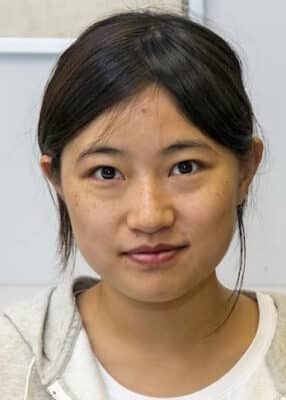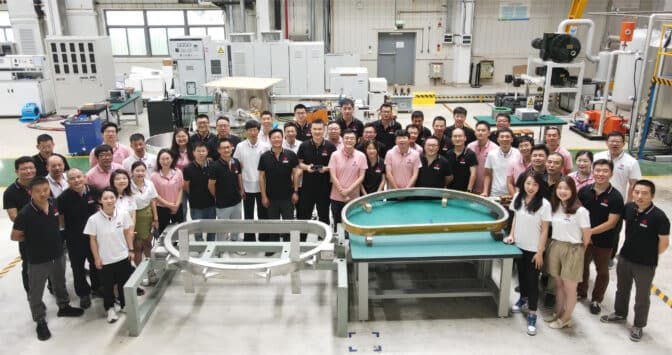Editor’s note: This is part of a series profiling researchers advancing science with high performance computing.
Before she entered high school, Ge Dong wanted to be a physicist like her mom, a professor at Shanghai Jiao Tong University.
“She said clean energy was really important for sustaining humanity, she talked about it a lot,” said Ge Dong (above at age two with her mom).

At 32, she’s following that dream at a startup that hopes to find — with the help of HPC and AI — a commercial path to nuclear fusion.
Pioneering AI in Physics
In 2014, her life’s work took her more than 7,000 miles from her Shanghai home to Princeton University’s prestigious plasma physics lab, where she earned a Ph.D.
Her doctoral thesis was built on advances by Princeton colleagues. They were the first to use AI to predict plasma disruptions that could cause a fusion reactor to fail.
Ge Dong’s work shed light on how the edges of plasma, hotter than the surface of the sun, behave inside a prototype fusion reactor, a donut-shaped enclosure called a tokamak.
Later, she spent more than a year working with her colleagues and NVIDIA experts to create with NVIDIA Omniverse a digital twin to show how plasma circles inside a tokamak. Using AI, the effort slashed the costs of a simulation based on traditional number-crunching methods.
The results may help engineers build controls that keep superheated plasma safely inside tomorrow’s power plants, speeding the arrival of the clean energy source.
A Pivotal Conversation
During the Covid lockdown, Ge Dong returned to Shanghai to work from home. There, in 2021, a pivotal conversation with a friend, Zhao Yang, led to the decision to co-found Energy Singularity, a startup with an ambitious plan.
Yang said he wanted to build a tokamak. When she dismissed the multibillion-dollar idea, he gave a detailed breakdown of a plan that would cost far less.

Then he explained why he wanted to take an approach, popular among researchers, of using high-temperature superconducting magnets to control the plasma. Even though he studied a separate branch of physics, he could explain the rationale down to its fundamental equations.
After their talk, “I was so excited, I didn’t sleep the whole night,” she said of the bold plan.
A few months later, they joined three others to launch the company.
A Fresh Challenge for AI
Learning how to build and control the powerful, but fragile magnets is the startup’s chief technical challenge. The team is turning to HPC and AI to find its way.
“It’s a whole new area of research that’s ripe for the kind of statistical analysis AI can accelerate to deliver the most effective and lowest cost approach,” she said.
The startup is already designing its prototype on an NVIDIA-accelerated server in its office.
“We’ve been using NVIDIA GPUs for all our research, they’re one of the most important tools in plasma physics these days,” she said.
The Next Generation
The work can be all-consuming. No one on the team has had time to check out the free gym in their building. And it’s been a while since Ge Dong had a good game of badminton, a favorite pastime.
But she remains upbeat. Within a decade, someone will show the way to harnessing nuclear fusion, and it could be her company, she said.
Ge Dong is sure her five-year-old daughter will see her intense passion for plasma physics. But when it comes time to choose a career, she may hear a different calling in a fusion-powered world.
Check out other profiles in this series:
